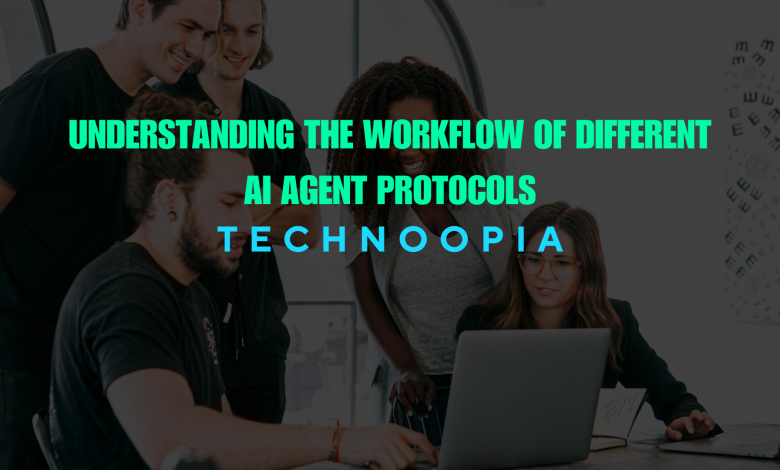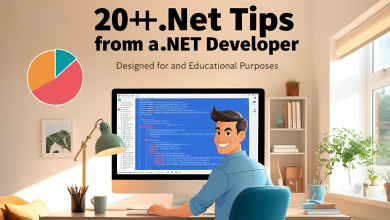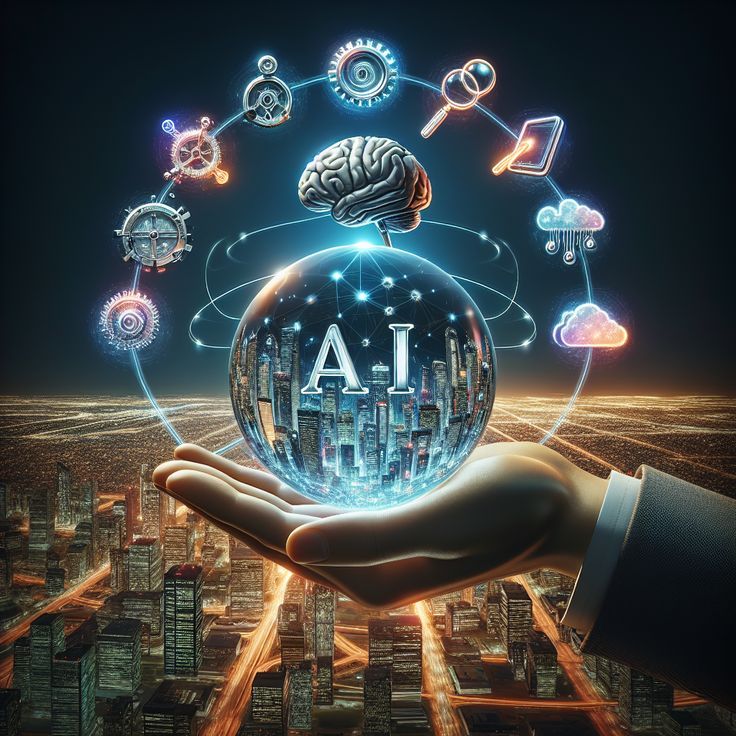
As AI continues to advance at lightning speed, one concept gaining massive attention is the rise of Autonomous AI Agents. These agents are not just executing commands — they’re reasoning, collaborating, adapting, and evolving across distributed systems.
But did you know that different companies and institutions have created unique AI agent protocols, each suited for specific environments and purposes?
Let’s break down 6 major protocols shaping the future of intelligent agents:
🔹 A2A Protocol – Developed by Google
A powerful enterprise-grade protocol designed to manage complex workflows across departments. It uses task cards for agent discovery, task execution (streaming or non-streaming), and seamless collaboration between host and remote agents. Perfect for managing multi-step tasks in corporate settings.
🔹 MCP – Created by Anthropic
This centralized protocol streamlines tasks like data analytics or customer support by routing communication through a main server. It’s efficient, scalable, and ideal for companies looking to implement support AI agents within secure environments.
🔹 ACP – Designed by IBM
ACP standardizes the way agents communicate using multimodal formats and structured messaging. It shines in multi-agent systems where real-time interaction between agents (and servers) is critical for decision-making, automation, and coordination.
🔹 ANP – Launched by ANP
Decentralization is at the heart of this protocol. ANP empowers agents to collaborate across domains with transparency and accountability. With built-in risk scoring, feedback, and monitoring mechanisms, it’s an ideal framework for open internet marketplaces and cross-organization AI collaboration.
🔹 AGORA – From University of Oxford
Imagine agents generating their own communication protocols using natural language! That’s exactly what AGORA does. It promotes dynamic, adaptive, and flexible coordination – opening new possibilities for human-like negotiation among intelligent agents.
—
🧠 Why this matters:
In the near future, businesses, governments, and communities will rely on autonomous agents not just to assist but to lead operations, optimize resources, and solve real-world challenges in real time.
Understanding these protocols allows developers, enterprises, and strategists to make informed decisions about which AI architecture best suits their needs — from secure internal systems to decentralized marketplaces.
📌 Whether you’re building your first autonomous agent or scaling enterprise-wide AI workflows — knowledge of these protocols is a game changer.
💬 Curious which protocol is right for your use case? Let’s start a conversation.





